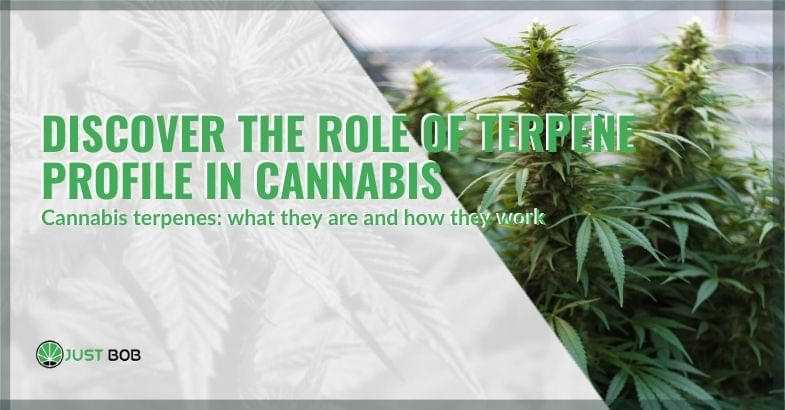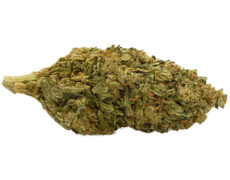Modified on: 19/04/2024
CANNABIS TERPENES: WHAT THEY ARE AND HOW THEY WORK
In addition to the common terms of cannabis, such as cannabinoid, indica and sativa, you may have recently encountered a less used word: terpenes.
This is another compound found in cannabis.
-
 SMALL & BIG
SMALL & BIGBUBBLEGUM
Indoor | CBD – CBDA <22%
Starting from:EASTER SALE -10%
1,25CHF1,10CHF/gGrams3 5 10 20 50 100 -


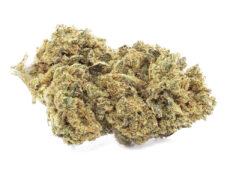
DO SI DOS
Starting from: 2,00CHF/gIndoor | CBD – CBDA < 19%
Grams3 5 10 20 50 100 -


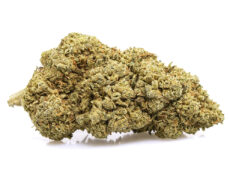
ROYAL GG#4
Starting from: 2,30CHF/gIndoor | CBD – CBDA < 40%
Grams3 5 10 20 50 100 -


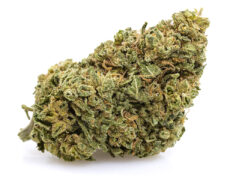
GORILLA GLUE
Starting from: 2,90CHF/gIndoor | CBD – CBDA < 20%
Grams3 5 10 20 50 100
But what are terpenes? And how important is it to know what types and concentrations are present in cannabis before buying a product?
Read on to learn what researchers have discovered so far.
What terpenes are and what they are for
Terpenes are naturally occurring chemical compounds in plants and some animals. They are responsible for the aromas, flavors and even colors associated with various types of vegetation. In cannabis, terpenes are the element that makes the smell and taste distinctive traits of different strains.
Some terpenes can also be transformed into products, such as cleaning solvents, pesticides and dyes, while others even possess different therapeutic properties.
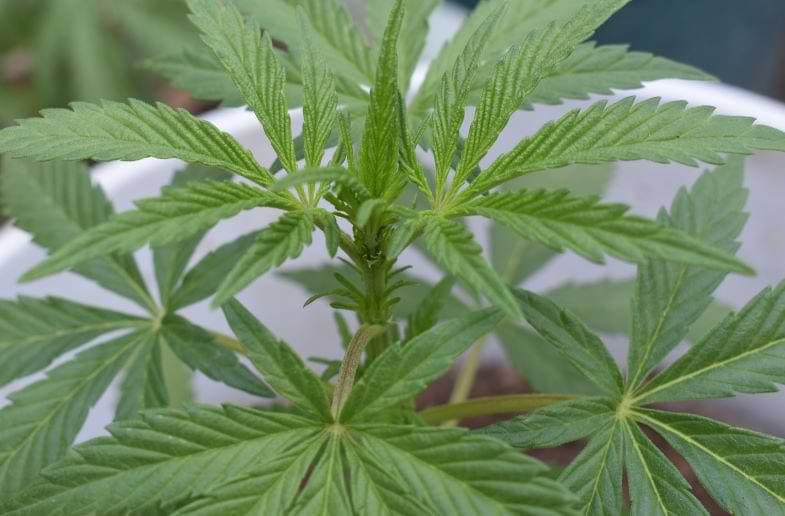

Although almost all plants contain terpenes, some of the most common sources where people encounter them are:
- cannabis;
- aromatic herbs such as sage and thyme;
- citrus.
Terpenes are believed to protect plants from the elements and predators. As for their effect on humans, it’s still a bit of a mystery. But cannabis researchers and consumers increasingly look to terpenes as a way to classify cannabis products and predict their effects.
The main hypothesis is that the terpene profile of a variety (the dominant terpenes) works in tandem with the cannabinoid content to produce the effects that people associate with different varieties.
For example, terpenes might explain why two different strains with the same THC level produce such different experiences.
Although terpenes do not cause the sensation of ‘high’, some are considered psychoactive, because they affect the brain.
Let me explain myself.
Although terpenes are not intoxicating in themselves, there are those who think they can affect the effects of THC, the cannabinoid responsible for the high feeling of cannabis.
For example, preliminary research suggests that some terpenes may have potential benefits for some mental health conditions, including anxiety, depression, and bipolar disorder.
Read also: These are the characteristics of cannabichromene or CBC
Cannabinoids, terpenes and the entourage effect
THC and CBD are only two of the more than one hundred cannabinoids found in cannabis, however they are the two most abundant and most studied cannabinoids.
Both cannabinoids and terpenes can give indications of what to expect from a CBD cannabis product, but they are two different compounds.
That said, they seem to interact with each other in what experts call the entourage effect.
This is the hypothesis that the full spectrum of cannabis, which includes all cannabinoids, terpenes and other compounds, acts synergistically to produce the sensations and effects of cannabis.
In other words, it is a hypothesis that a little bit of everything could have more benefits than a large amount of one thing.
A 2010 study, for example, showed that a combination of CBD and THC was more effective for pain management than THC alone.
In a 2018 study, breast cancer tumors in a Petri dish responded better to a cannabis extract than to pure THC alone. But it is believed that these synergistic effects are mainly attributed to other cannabinoids and not terpenes.
This is important to consider if, for example, Cannabidiol was used for therapeutic purposes.
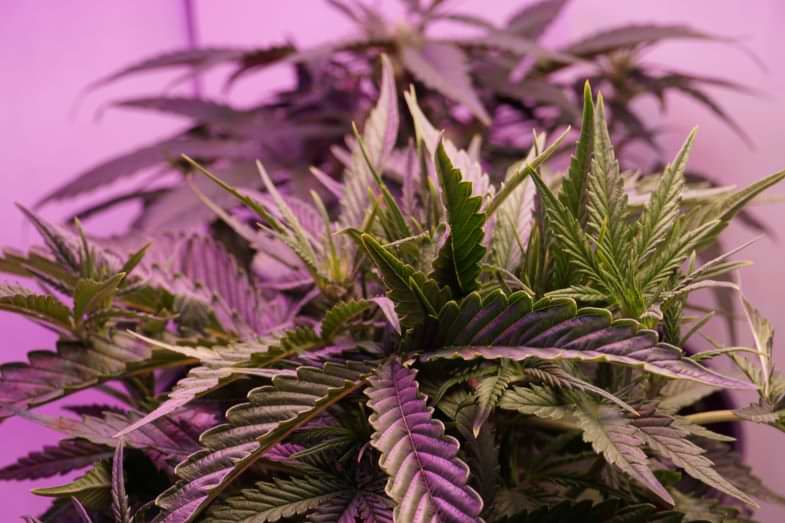

These are the most common terpenes of cannabis
There are about four hundred known terpenes of cannabis, but experts have linked only some of them to specific effects.
Here are some common terpenes and their potential effects:
- beta-pinene, with antidepressant and anticancer properties;
- humulene, long used in folk medicine for its energizing effects.
- beta-caryophyllene, also the main ingredient of cloves, rosemary and hops; it could be useful to manage the symptoms of anxiety and depression;
- linalool, which can help relieve stress;
- myrcene, also present in mango, has antifungal and antibacterial properties and could also have sedative effects.
- limonene has strong citrus notes and can potentially have anti-cancer properties.
However, keep in mind that a lot of terpene research is still in its early stages. Further high-quality human studies are needed to fully understand the impact of different terpene profiles on health.
Read also: Taxation of CBD cannabis 2024 in Italy: danger averted?
Conclusion
Terpenes play an important role in the aroma and taste of a cannabis variety, and potentially work in synergy with cannabinoids and other cannabis plant compounds to produce psychoactive effects.
But research on the more than 400 terpenes present in the plant is still in its infancy, so it is difficult to make definitive statements about them.
It is important to note that, in addition to cannabinoids and terpenes, physiology, previous experiences with cannabis and the environment in which cannabis is consumed can also affect sensations. Terpenes are only part of the equation, but they can be an interesting way to play with different products and find the one that best matches consumer tastes.
If you are looking for products with the best taste and aroma visit Justbob, the reference portal for CBD buds in Switzerland (and not only).
See you soon on Just bob!


